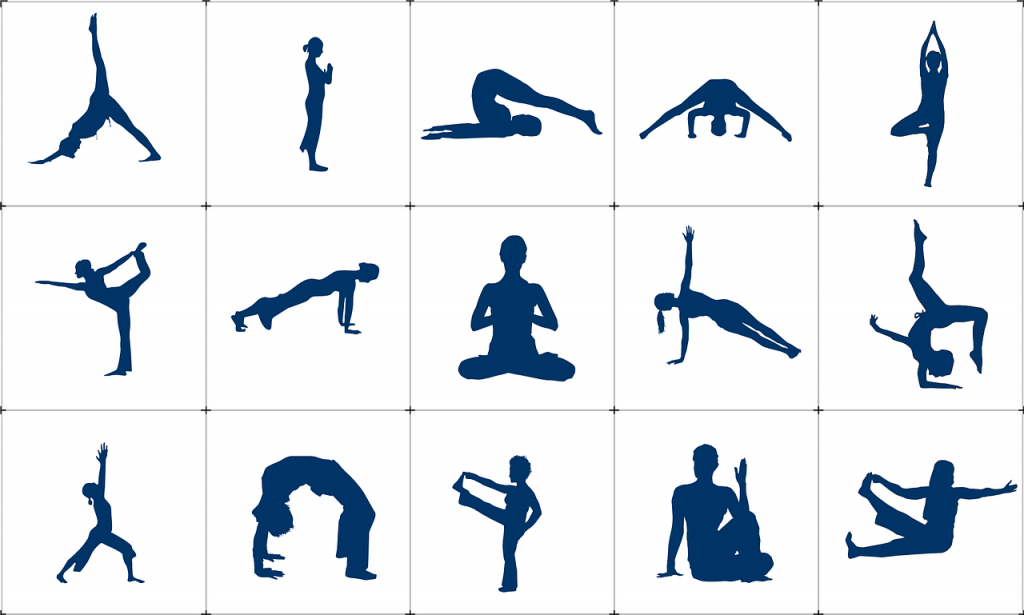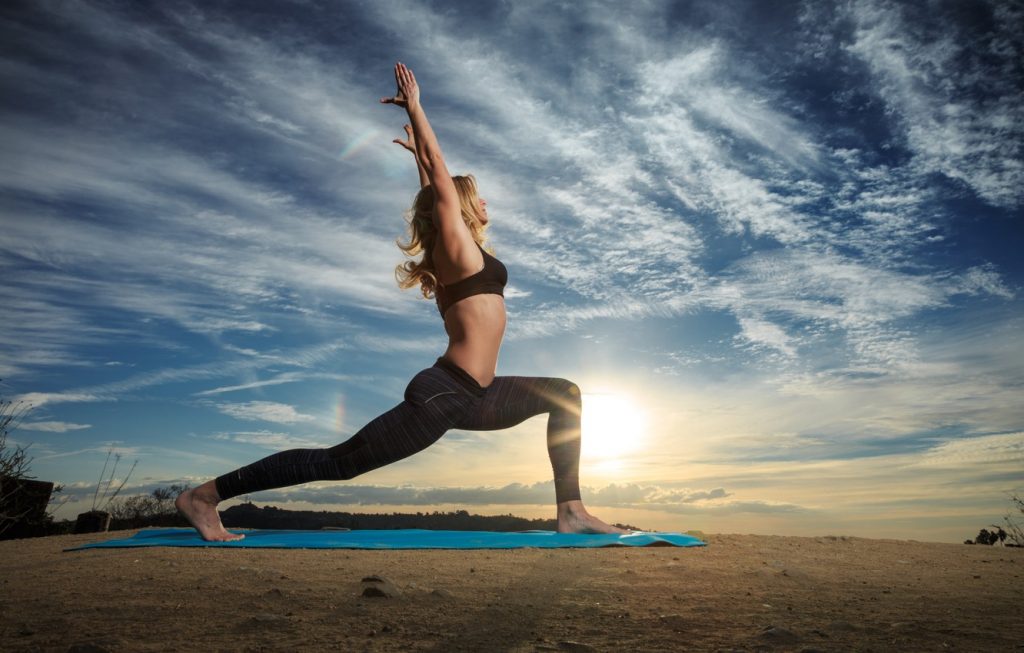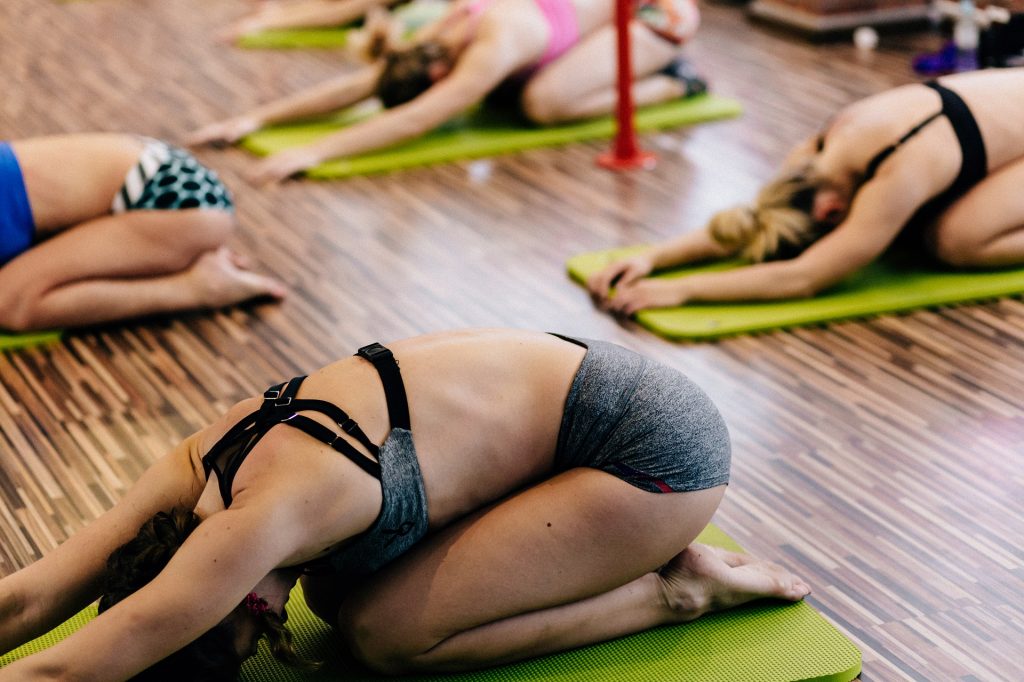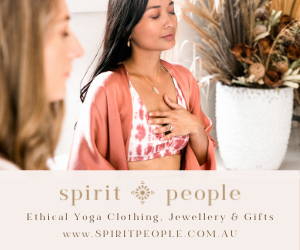Whilst the evolution of ancient Yoga throughout India is complex and profound, the popularity of Yoga in the West has influenced a lot of modern Yoga styles, allowing people from all walks of life to benefit from the various techniques, and to enhance their lives in many ways.
In Australia, we are literally spoilt for choice when it comes to finding a Yoga style which suits our personal needs. Whether you are wanting to decrease stress levels, become more flexible, or simply delve deeper in to the philosophy of Yoga, this ancient science offers life-changing wisdom, and the results achieved from a consistent practice from any style of Yoga is profound.
At Yogilink we are incredibly honoured to support this beautiful industry here, because we believe that every body needs to include some form of Yoga in to their lifestyles, and hopefully through our easy-to-use yoga directory, you can find the perfect fit for you. You can search your local area here.

We’ve listed the most well-known Yoga styles found in Australia below:
Acro
Acro Yoga focuses on the trust elements of acrobatics, the compassion elements of therapeutics, and the mind-body connection element of yoga to form a yoga style unlike any other. This innovative type of Yoga is usually performed with another person, or in some cases, a group, and it’s all about connection, creation, exploration, and most importantly, the dependance on others. Overall its a really fun, wholesome yoga class.
Aerial
Aerial yoga is an amazing addition to the practice of yoga as it helps to decompress the spine, increases core strength and improve balance. Soft fabric or a hammock is suspended from the ceiling, to support your body in gravity defying postures because you are off the ground. Aerial yoga is thought to be particularly beneficial for students who spend a long time sitting, or who have back pain, and for many people, yoga postures that are difficult on the ground can be performed more easily and with less strain on the body in mid-air.
Akhanda
Founded in 2001, Akhanda yoga is an integrated style of yoga which draws from a variety of traditions and paths from traditional yoga, giving them a modern twist. Whilst focussing on Asana and Pranayama, it also incorporates yogic philosophy, theory and lifestyle concepts.
Ashtanga
Ashtanga Yoga is a dynamic and flowing style of yoga which involves synchronizing breath with progressive and continuous postures, which produces internal heat while detoxifying the body. It builds strength, flexibility, and stamina, while calming the mind and improving overall health.
Ashtanga is based on six levels of practice sequences that increase in difficulty. These are called Primary Series, Secondary Series, and Advanced Series A, B, C, and D. Each series is comprised of a set of poses that are always performed in the same order. The sequences are fast-paced and physically demanding.
Beginners
Beginners Yoga is ideal for people who are just starting out on their yoga journey, or perhaps are returning to their mat after an injury, so are wanting to slowly ease back into their practice.
If you are just starting out, we highly recommend you doing a Beginners Class, or an 8 week Beginners Course if your local studio is offering this. Your teacher will guide you through a gentle, yet very informative class for you to be able to learn the important foundations of Yoga to support your practice. This will give you a deeper understanding of Yoga and will also help to avoid injury.
Yoga is for everybody, and every body can do yoga. Start off gentle and then slowly build as your body adapts.
Hatha
Hatha Yoga is typically a gentle style of yoga, which can incorporate Yoga Asana, Pranayama, Mudra’s and Meditation. Movement is usually a slower pace than Vinyasa or Ashtanga, and focuses more on calming the mind, body & spirit.
Hatha and Vinyasa yoga incorporate many of the same poses. The main difference is the pacing of the classes. Vinyasa moves at a faster pace and requires greater breathing control than Hatha yoga. Because it’s done more slowly and poses are held for longer, Hatha yoga allows for more stretching.
Hatha Yoga can be suitable for Beginners as well, or for Yogi’s looking for a well-rounded, restorative class.

Hot Yoga
Hot Yoga, also known as Bikram Yoga in some studios, is held in a heated room, usually between 35-40degrees Celsius and high humidity. A series of dynamic standing and seated asanas are performed in this heat, allowing your body to sweat a lot, and flush out toxins.
Essentially, hot yoga is a more intense style of class, designed for yogi’s who want to develop strength and flexibility while achieving a cardio work-out.
To practice hot yoga safely, drink plenty of water, ease yourself into classes, and leave the room if the heat becomes too much.
Iyengar
Iyengar yoga is renowned for its focus on precision, timing and use of props. Created and developed over 75 years by BKS Iyengar, the Iyengar method is firmly based on the traditional eight limbs of yoga taught by Patanjali over 2,500 years ago.
Iyengar Yoga will help you to achieve mental, physical and spiritual stability and strength. Iyengar yoga is great for learning the subtleties of correct alignment. Props such as belts, blocks and pillow-like bolsters will help yogis get into poses with correct alignment, even when they’re new to them, injured or simply stiff. Anusara yoga is a more modern form of Iyengar.
Kids
Yoga for children is a form of modern yoga designed purely for children. It includes poses to increase strength, flexibility, and coordination. Classes are intended to be fun and may include age-appropriate games, animal sounds and creative names for poses.
Kids Yoga can be really beneficial in helping children release stress, increase their focus and enhance their confidence.
Kundalini
Kundalini Yoga uses sound, mantra, energy healing, exercises and meditations to release trauma from the energetic body, which surrounds the physical body.
Kundalini Yoga is an ancient practice that helps you channel powerful energy and transform your life. The idea is that we all have energy gathered at the base of our spine and, through the practice of Kundalini, we bring that energy up our spine through the seven chakras, and out the crown of our head.
Experienced Kundalini yogis wear a turban on their heads which is said to help focus their energy on their third eye to assist in mediation. Also wearing white clothes whilst practicing Kundalini yoga expands one’s auric radiance by at least one foot. This is believed to strengthen one’s identity and serve as a filter for negative influences from the surrounding world.
Nidra
Yoga nidra (also known as yogic sleep) is a powerful technique for controlling your body’s relaxation response. Yoga nidra can be as restorative as sleep, while you remain fully conscious. By giving your mind and body an extra window of deep relaxation, this offers many benefits, such as easing stress and anxiety.
Most classes you will remain either seated or laying down on you mat.
Pregnancy
This gentle, nurturing style of yoga for expectant mothers offers a very beneficial class geared towards pregnancy, child-birth and beyond.
Pregnancy yoga, also known as pre-natal yoga is a multifaceted approach to exercise that encourages stretching, mental centering and focused breathing. Research suggests that prenatal yoga is safe and can have many benefits for pregnant women and their babies.
Most yoga teachers will suggest commencing a pre-natal class after the first trimester, so please check with them first.
Some studios will not have a specific pregnancy class as such, however will offer modified asanas in their general class.
SUP Yoga
Stand-up Paddle board yoga is a modern form of Yoga, and is now becoming more popular in Australia. Using asana and pranayama, each move is done on top of a large floating paddle board. It is a wonderful experience, as you literally have your own floating yoga mat.
This style of Yoga helps to increase your balance, and it gets you outdoors and amongst nature which helps to relieve stress.
Vinyasa Flow
Vinyasa, or Vinyasa Flow is a dynamic yoga class, focussing on the breath with each asana. Generally each asana is not held for long, which helps creates a beautiful ‘flow’.
Teachers keep the flow of movements smooth and continuous, which can help you stay present during the session. If you find your mind wandering off in the down-time between poses or sequences, Vinyasa yoga is for you.
There is no set sequence with Vinyasa, in comparison to Ashtanga which is the same sequence each time.
Yin
Yin is a slow, soothing, and meditative style of yoga that targets the deep connective tissues, bones, joints, fascia, and ligaments in the body. Each asana is held for between 2 minutes and 5 minutes. It’s a practice for all level of yogis.
Yin Yoga is an excellent counter to the more physically demanding – or yang – yoga disciplines. This deep stretching is the perfect follow-up to intense yoga or other physical activity so you can stay balanced and flexible to help avoid injury.
Some studios have blended both Vinyasa and Yin yoga to offer a ‘VinYin’ class which is an incredibly balanced class of dynamic poses followed by the rest poses of Yin.


